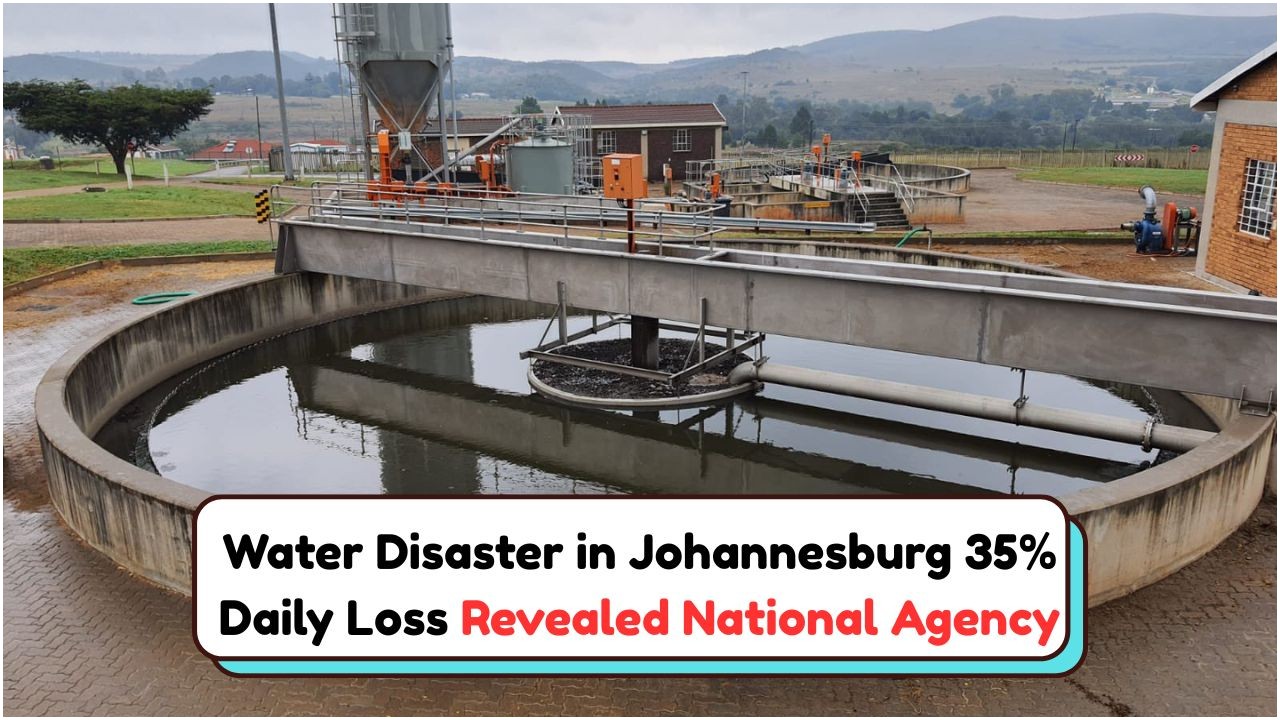South Africa’s Power Surge on June 29: South Africa is buzzing with anticipation as the nation gears up for a significant power surge on June 29, 2023. The injection of 2,730 megawatts (MW) into the national grid is poised to be a game-changer in the ongoing battle against loadshedding. With power shortages disrupting daily life and economic activities, this move is seen as a potential lifeline. The additional capacity aims to stabilize the energy supply, offering hope to millions of South Africans. However, the burning question remains: will this boost be sufficient to stave off the dreaded outages?
Impact of 2,730MW on Loadshedding in South Africa
The introduction of 2,730MW into the grid marks a crucial moment for South Africa’s energy sector. Historically, loadshedding has been a persistent issue, impacting businesses, households, and public services alike. The additional power is expected to alleviate some pressure on the national grid, but several factors will determine its overall efficacy in eliminating loadshedding. Key considerations include the reliability of power plants, maintenance schedules, and unforeseen technical challenges. While this boost is promising, it is not a panacea for the energy woes facing the country.
- Potential reduction in loadshedding stages
- Improved reliability of electricity supply
- Increased confidence in energy infrastructure
Understanding South Africa’s Energy Landscape
South Africa’s energy sector is complex, with a mix of coal, renewable energy, and nuclear power sources. The country is heavily reliant on coal, which accounts for approximately 80% of its energy production. However, aging infrastructure and mismanagement have led to frequent power outages. The government has been pushing for diversification, integrating renewable energy sources like solar and wind to reduce carbon emissions and enhance sustainability. This shift is crucial as the country seeks to balance immediate energy needs with long-term environmental goals.
| Energy Source | Contribution (%) | Challenges | Opportunities |
|---|---|---|---|
| Coal | 80 | Environmental impact, aging infrastructure | Abundant reserves |
| Renewables | 10 | High initial costs | Reduced emissions, sustainability |
| Nuclear | 5 | Safety concerns | Stable supply |
| Hydro | 3 | Geographical limitations | Low emissions |
Challenges in Implementing the Power Surge
Despite the promising 2,730MW boost, several challenges could hinder its success in preventing loadshedding. First, the state of existing infrastructure poses a significant risk. Many power plants are outdated and require urgent maintenance. Additionally, the integration of new power sources into the grid is complex and requires meticulous planning and execution. There is also the matter of bureaucratic red tape, which can delay critical projects. Overcoming these hurdles will require coordinated efforts from the government, Eskom, and private sector stakeholders.
 Johannesburg Faces Alarming July Water Crisis: 35% Supply Loss Daily Spurs Government Intervention
Johannesburg Faces Alarming July Water Crisis: 35% Supply Loss Daily Spurs Government Intervention
- Infrastructure upgrades needed
- Effective project management
- Streamlined regulatory processes
The Role of Renewable Energy in South Africa’s Future
As South Africa seeks to future-proof its energy supply, renewable energy plays a pivotal role. The government has set ambitious targets to increase the share of renewables in the energy mix. Solar and wind power projects have been gaining traction, thanks to advancements in technology and decreasing costs. These projects promise not only to provide cleaner energy but also to create jobs and stimulate economic growth. However, the transition to renewables requires significant investment and policy support to overcome initial financial barriers.
| Project | Type | Capacity (MW) | Status |
|---|---|---|---|
| Redstone Solar | Solar | 100 | Operational |
| Garob Wind | Wind | 145 | Under Construction |
| Kariba Hydro | Hydro | 30 | Operational |
Community Impact of Improved Energy Supply
For communities across South Africa, a stable and reliable power supply is not just about convenience but a necessity for development. Reliable electricity can transform lives by powering essential services such as healthcare, education, and commerce. With the additional 2,730MW, there is hope for reduced power cuts, which can lead to a better quality of life. Communities stand to benefit from increased safety, improved productivity, and greater access to technology and information.
- Enhanced healthcare services
- Improved educational facilities
- Increased economic opportunities
What South Africans Can Expect Moving Forward
As South Africa navigates its energy challenges, the June 29 power surge represents a beacon of hope. In the short term, citizens can expect a reduction in the frequency and severity of loadshedding events. However, long-term energy security will depend on sustained efforts in infrastructure development, policy reform, and investment in renewables. Public awareness and engagement will also be crucial in driving change and ensuring accountability from key stakeholders.
- Reduced loadshedding incidents
- Ongoing infrastructure developments
- Increased focus on energy efficiency
FAQs About South Africa’s Power Surge
FAQ Section
What is the significance of the June 29 power surge?
The surge aims to add 2,730MW to the national grid, potentially reducing the frequency of loadshedding.
Will the power surge eliminate loadshedding completely?
While it may reduce the severity, complete elimination depends on various factors like infrastructure upgrades and ongoing maintenance.
How does renewable energy fit into South Africa’s energy strategy?
Renewable energy is key to diversifying the energy mix, reducing emissions, and achieving sustainability goals.
What challenges does the energy sector face?
Key challenges include aging infrastructure, financial constraints, and the need for regulatory reforms.
How can the public contribute to solving energy issues?
By supporting energy efficiency initiatives and advocating for policy reforms, the public can play a role in addressing energy challenges.






